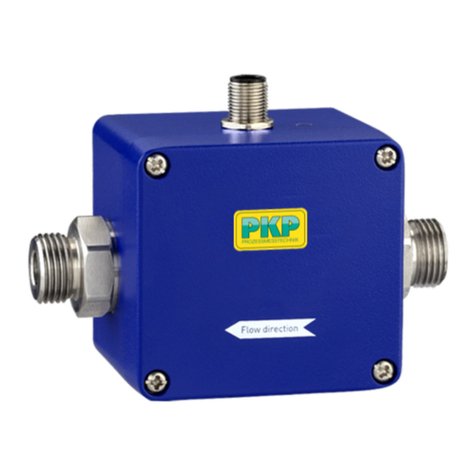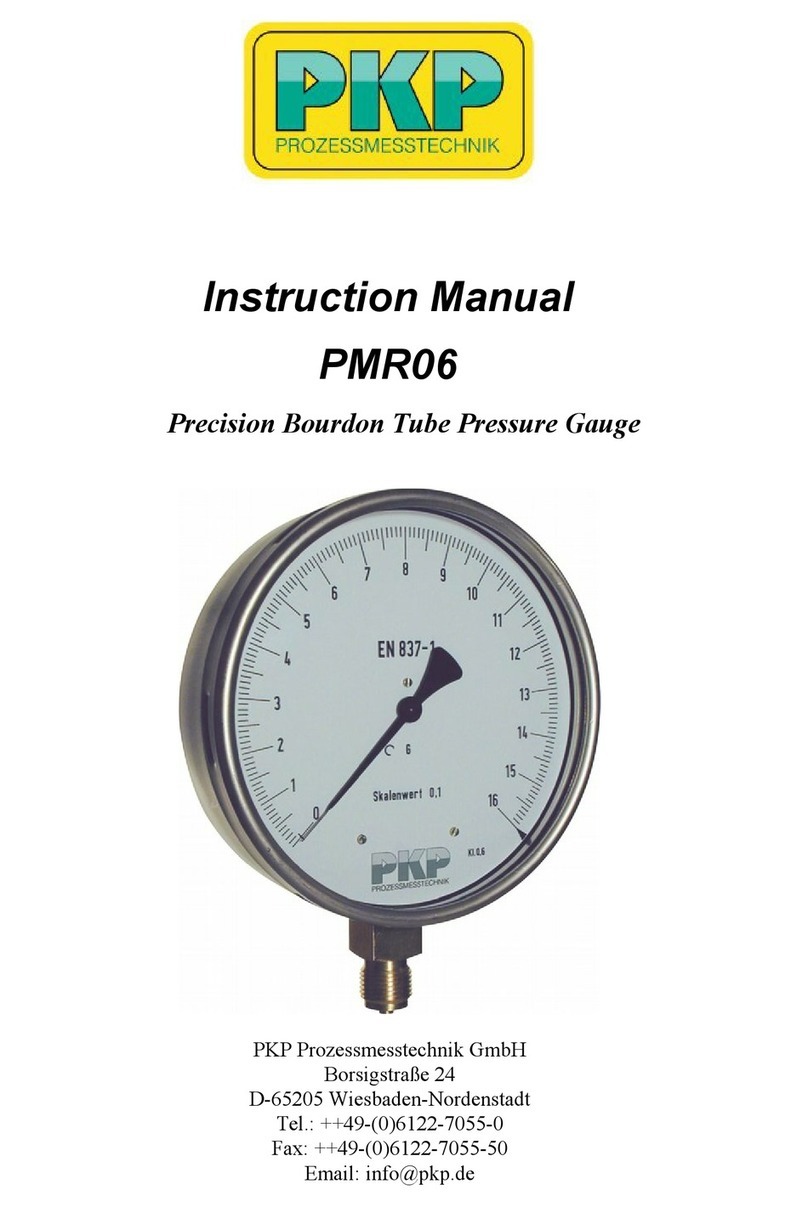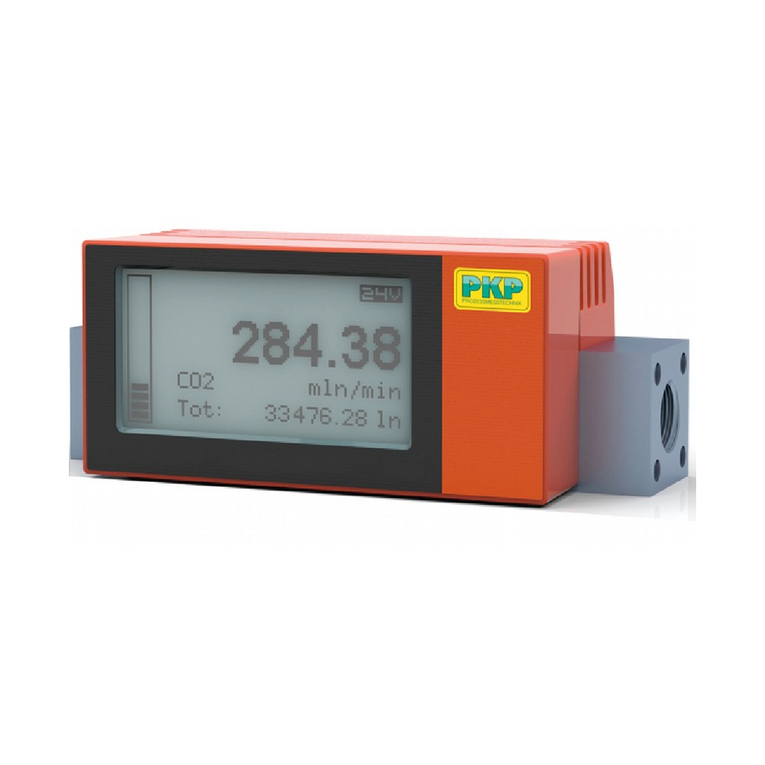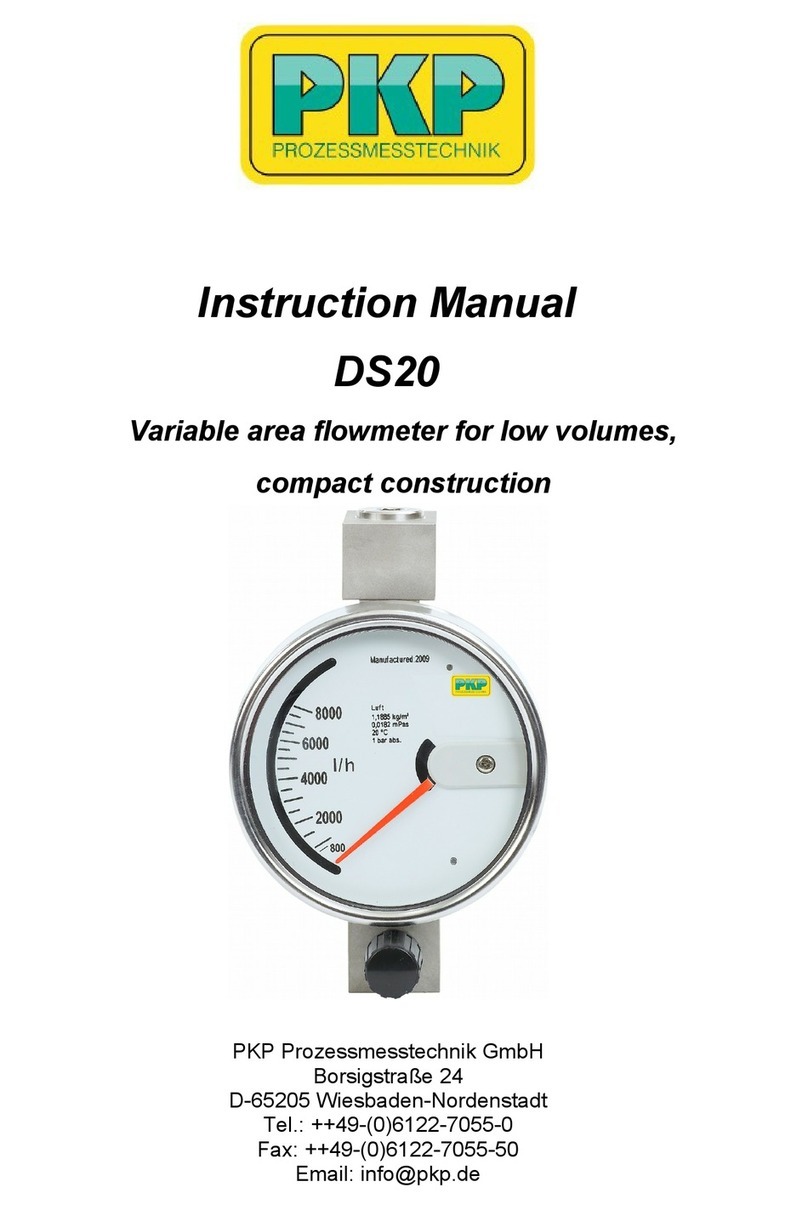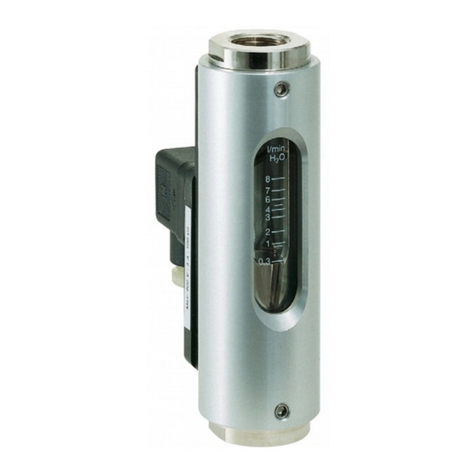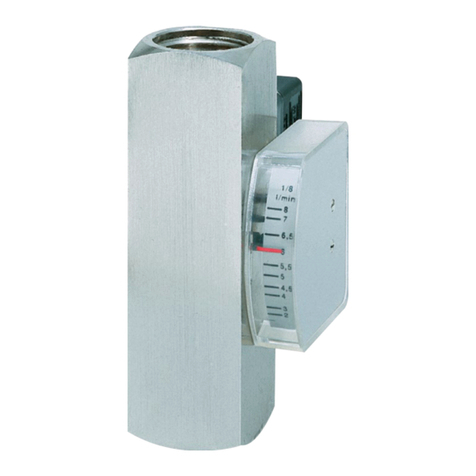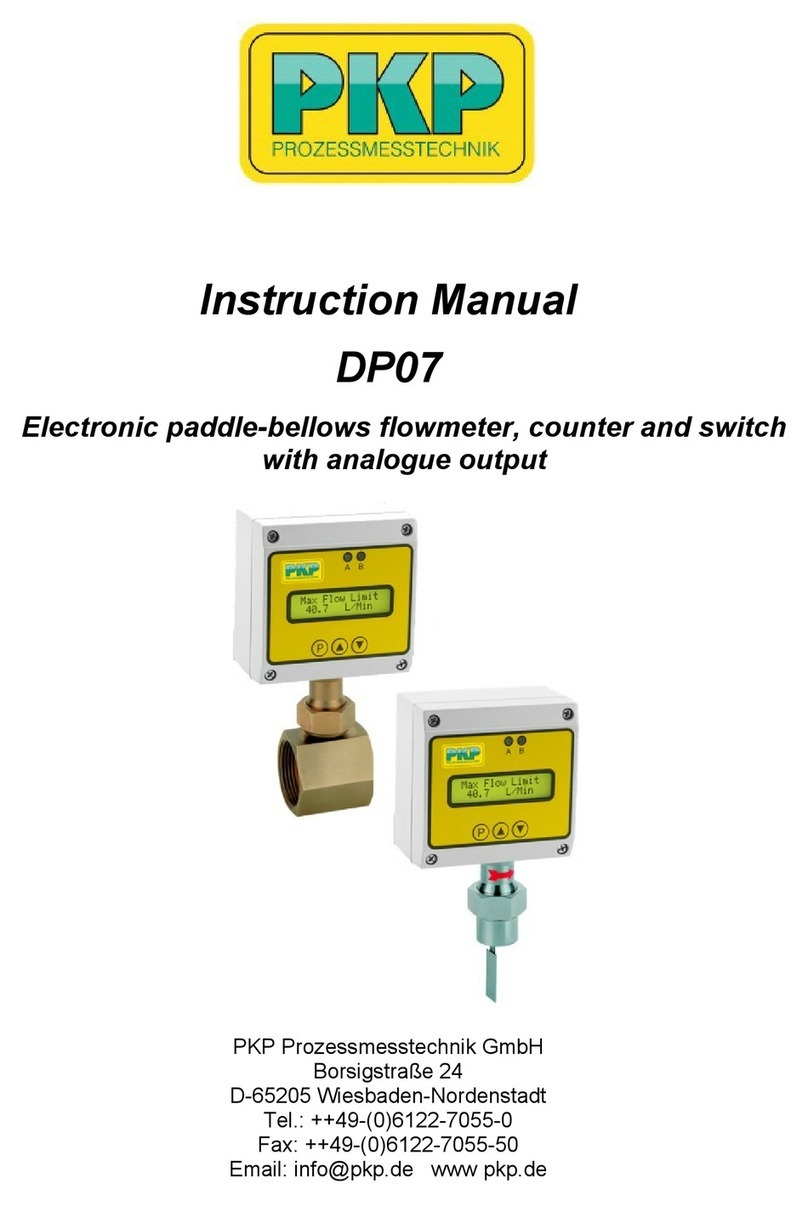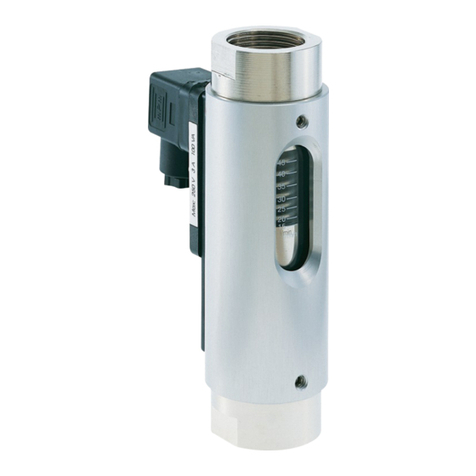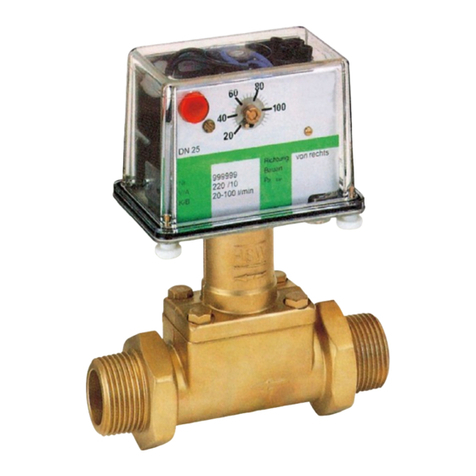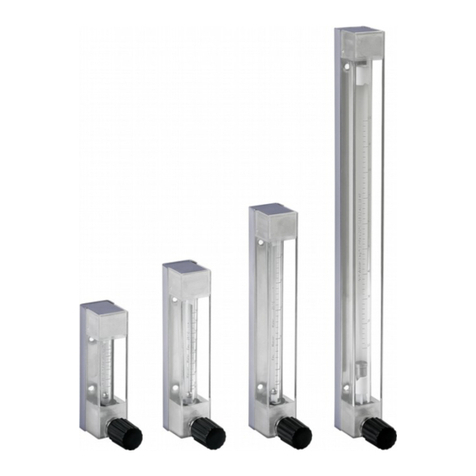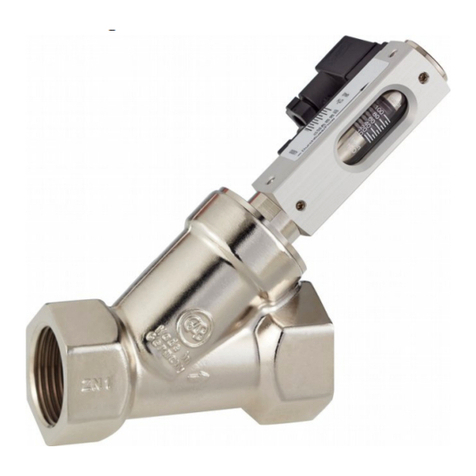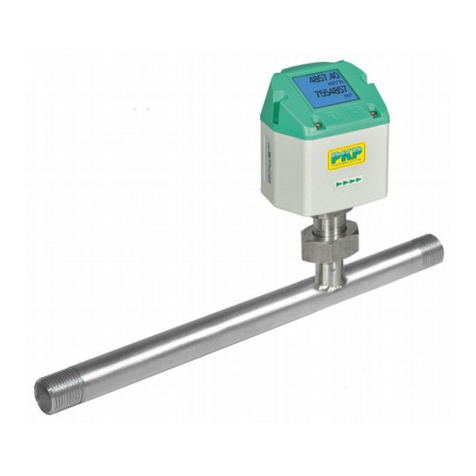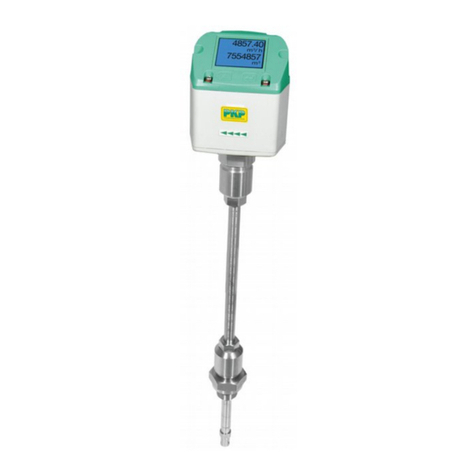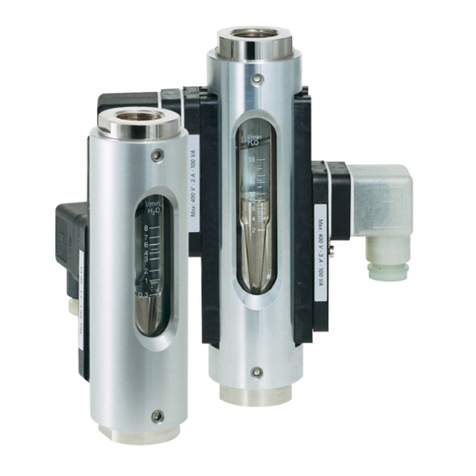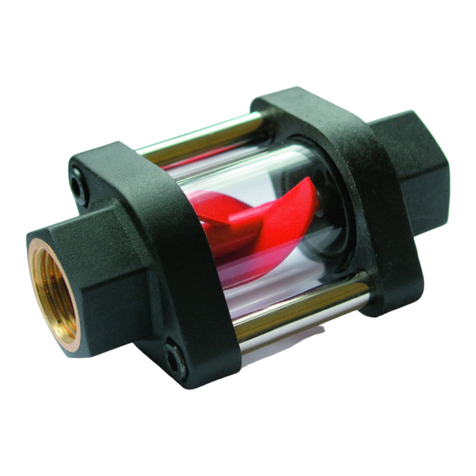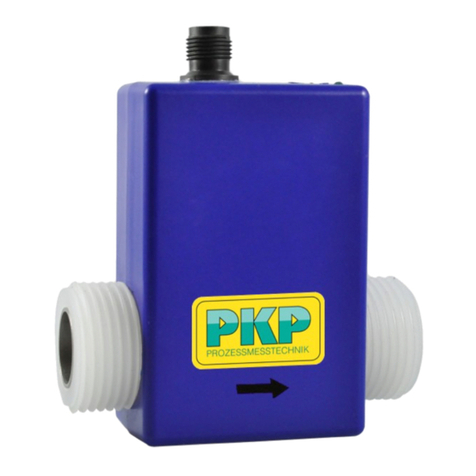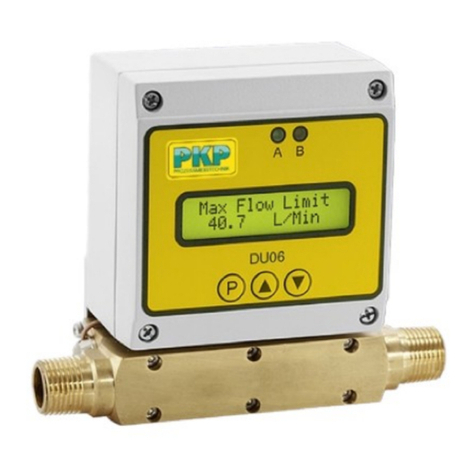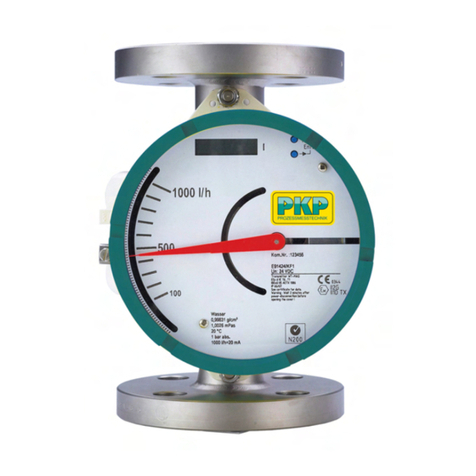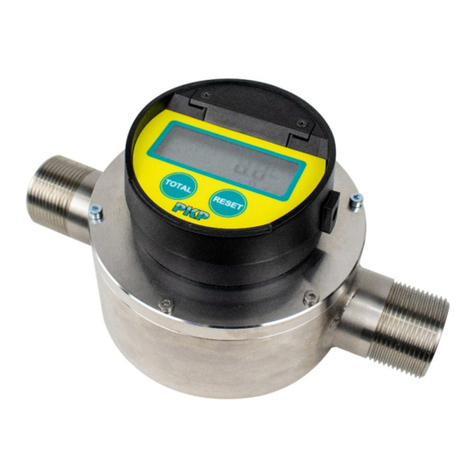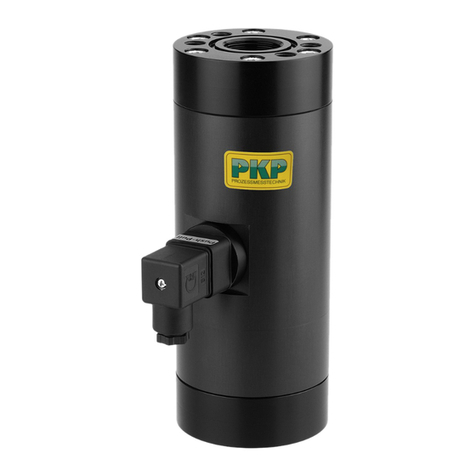Table of Contents
Safety Information..................................................................................................................2
Functional Description...........................................................................................................3
Mounting and Adjustment......................................................................................................3
Limit Switches........................................................................................................................4
Maintenance and Care.........................................................................................................11
Safety Information
General Instructions
To ensure safe operation, the device should only be operated according to the specifica -
tions in the instruction manual. The requisite Health & Safety regulations for a given
application must also be observed. This statement also applies to the use of accessories.
Every person who is commissioned with the initiation or operation of this device must have
read and understood the operating instructions and in particular the safety instructions!
The liability of the manufacturer expires in the event of damage due to improper use, non-
observance of this operating manual, use of insufficiently qualified personnel and unau-
thorized modification of the device.
Proper Usage
The flowmeters of the DS11 series are used to monitor the continuous flow of liquids and
gases. Any other use of the instrument is prohibited and outside the scope of application.
Unless otherwise stated, the scales of the devices refer to air at 1.2 bar abs. At 20 °C or
water.
In particular, applications in which shock loads occur (for example, pulsed operation)
should be discussed and checked in advance with our technical staff.
The series DS11 flow meter devices should not be deployed as the sole agents to prevent
dangerous conditions occurring in plant or machinery. Machinery and plant need to be
designed in such a manner that faulty conditions and malfunctions do not arise that could
pose a safety risk for operators.
Dangerous substances
For dangerous media such as e.g. Oxygen, Acetylene, flammable or toxic substances as
well as refrigeration systems, compressors, etc. must comply with the relevant regulations
beyond the general rules.
DS11 Instruction manual 11/2021 page 2












